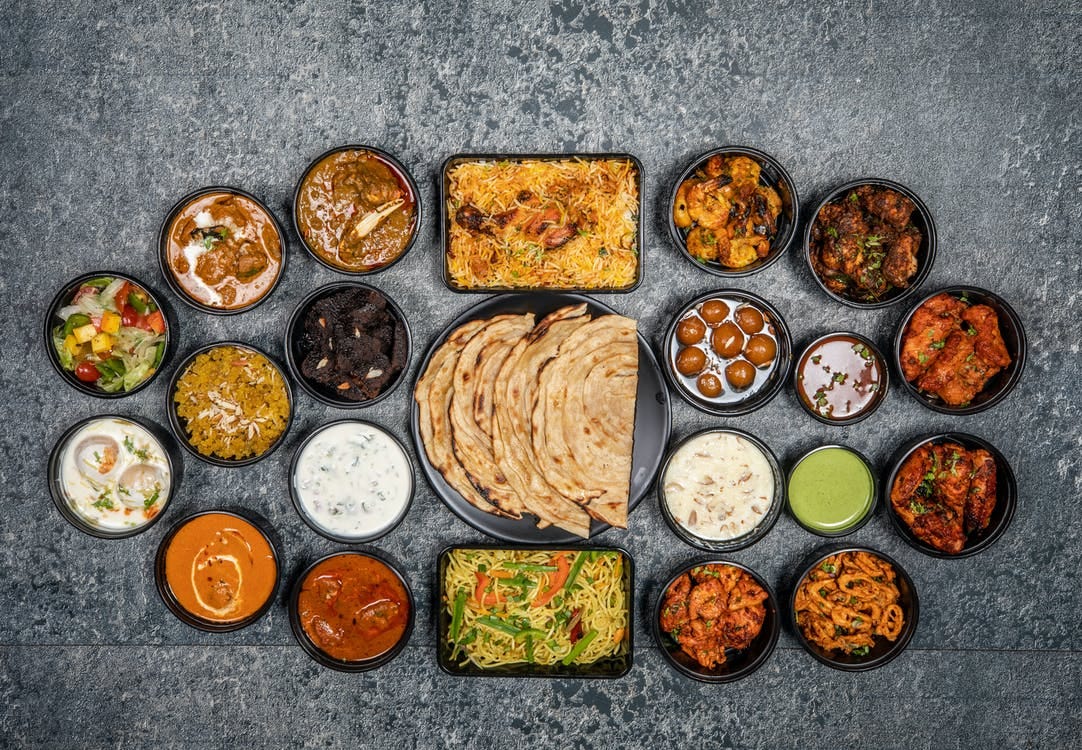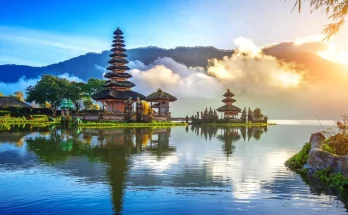India, often referred to as the land of spices, is renowned for its rich and diverse culinary traditions. With a history that spans thousands of years and a geographical expanse that encompasses various climates, landscapes, and cultures, Indian cuisine is nothing short of a gastronomic marvel. From the fiery curries of the north to the fragrant rice dishes of the south, and from the savory snacks of the west to the sweets of the east, Indian food is a captivating journey through taste and tradition.
Introduction
Indian cuisine is more than just food; it’s a cultural tapestry woven together by history, geography, and tradition. It reflects the country’s rich heritage, religious beliefs, and regional influences. In this 4000-word exploration, we will embark on a journey through the vast and diverse landscape of Indian cuisine, uncovering the flavors, ingredients, and culinary practices that define each region.
Historical Roots of Indian Cuisine
To truly appreciate Indian cuisine, one must delve into its historical roots. Indian culinary traditions have evolved over millennia, shaped by the diverse cultures and rulers who left their mark on the subcontinent. From the Indus Valley Civilization to the Mughal Empire, each era brought its own flavors and techniques to the Indian culinary tableau. This section will take you on a journey through time, tracing the culinary heritage of India.
Ancient India: The Vedic Era
The roots of Indian cuisine can be traced back to the Vedic era, where simple yet wholesome food was prepared using ingredients like grains, pulses, and dairy products. The concept of Ayurveda, an ancient system of medicine and wellness, also played a significant role in shaping dietary practices during this period.
Medieval India: The Mughal Influence
The arrival of the Mughals in India in the 16th century brought about a culinary revolution. The Mughal emperors were known for their love of rich, aromatic dishes, which included biryanis, kebabs, and decadent curries. Their influence on Indian cuisine can still be savored in the royal kitchens of India.
Colonial Era: Fusion and Adaptation
The British colonial rule in India introduced a fusion of Indian and Western culinary influences. This era witnessed the birth of dishes like “chicken tikka masala” and the incorporation of ingredients like potatoes and tomatoes into Indian cooking.
Regional Diversity: A Gourmet’s Delight
One of the most striking aspects of Indian cuisine is its regional diversity. India’s vast geography and varied climate zones have given rise to a stunning array of regional cuisines, each with its own unique flavors, ingredients, and cooking techniques. In this section, we’ll traverse the length and breadth of India, exploring the culinary treasures hidden in each region.
North India: The Land of Spices and Gravies
North Indian cuisine is famous for its bold flavors, aromatic spices, and creamy gravies. Dishes like “butter chicken” and “paneer tikka” have become global favorites. The use of ghee (clarified butter), yogurt, and a tandoor (clay oven) for cooking is characteristic of this region.
South India: The World of Rice and Coconut
The southern states of India are known for their extensive use of rice, coconut, and an abundance of spices. Dosas, idlis, and coconut-based curries are staples here. The cuisine is often described as light, flavorful, and vegetarian-friendly.
East India: Seafood and Sweets
Bengal, in eastern India, is famous for its love of seafood and sweets. Dishes like “machher jhol” (fish curry) and “rosogolla” (a syrupy dessert) are iconic. The region’s proximity to the Bay of Bengal influences its culinary choices.
West India: Street Food Extravaganza
Western India is a paradise for street food enthusiasts. Cities like Mumbai are known for their spicy “vada pav” (potato fritter sandwich) and “pani puri” (crispy snacks filled with flavored water). The region also boasts a rich tradition of vegetarian thalis (platters) and desserts like “jalebi.”
Northeast India: Exotic Flavors and Indigenous Ingredients
The northeastern states of India offer a taste of exotic and indigenous flavors. Dishes like “bamboo shoot curry” and “thukpa” (noodle soup) reflect the region’s cultural diversity and use of unique ingredients.
The Role of Spices: India’s Flavorful Palette
Spices are the heart and soul of Indian cuisine. India’s spice trade has been a pivotal part of its history, attracting traders and explorers from around the world. This section will delve into the significance of spices in Indian cooking, from the ubiquitous use of spices like turmeric, cumin, and coriander to the secrets of spice blends like “garam masala.”
Vegetarianism and Indian Cuisine
India has a long-standing tradition of vegetarianism, deeply rooted in religious beliefs and cultural practices. This section explores the concept of vegetarianism in India, the myriad of vegetarian dishes available, and the cultural significance of vegetarianism in Indian society.
Street Food: The Culinary Adventure
Indian street food is a world unto itself, offering an explosion of flavors and textures. From the bustling streets of Delhi to the coastal stalls of Goa, we’ll take a virtual tour of India’s street food culture. Get ready to tantalize your taste buds with classics like “chaat,” “samosas,” and “bhel puri.”
Fusion and Modern Cuisine
As India continues to evolve and embrace globalization, its culinary landscape is also changing. This section explores the fusion of traditional Indian dishes with international flavors, as well as the rise of modern Indian cuisine in upscale restaurants around the world.
Conclusion
Indian cuisine is a testament to the country’s rich history, cultural diversity, and culinary creativity. From the humblest roadside vendor to the finest dining establishments, the flavors of India are an adventure waiting to be explored. Whether you’re a seasoned food enthusiast or a curious novice, Indian cuisine offers an endless journey of discovery, one delicious bite at a time.
we’ve merely scratched the surface of the vast and intricate world of Indian food. The depth of flavors, the range of ingredients, and the cultural significance of each dish make Indian cuisine a treasure trove for food lovers worldwide. So, as you embark on your own culinary journey through India, remember that the heart of Indian cuisine lies not just in its spices and ingredients, but in the stories, traditions, and passion that go into every meal.




